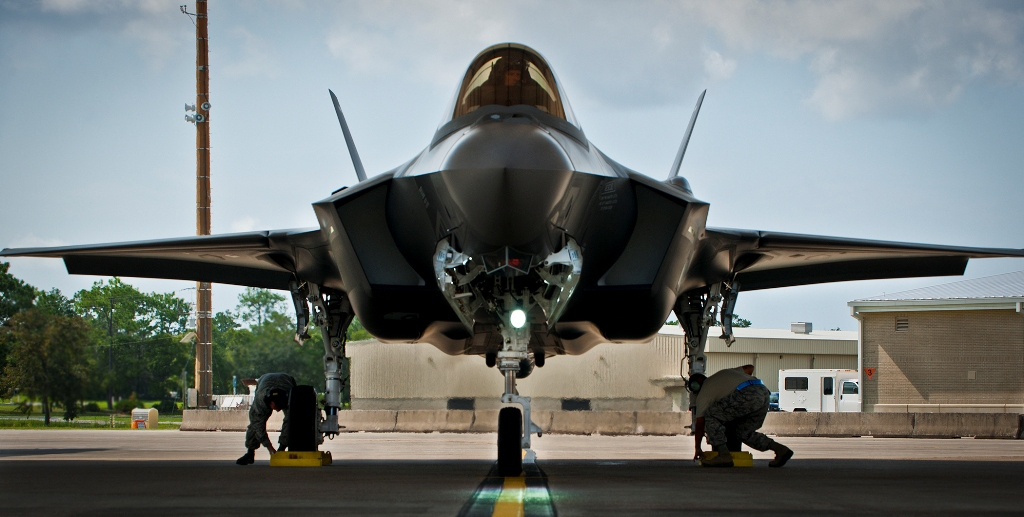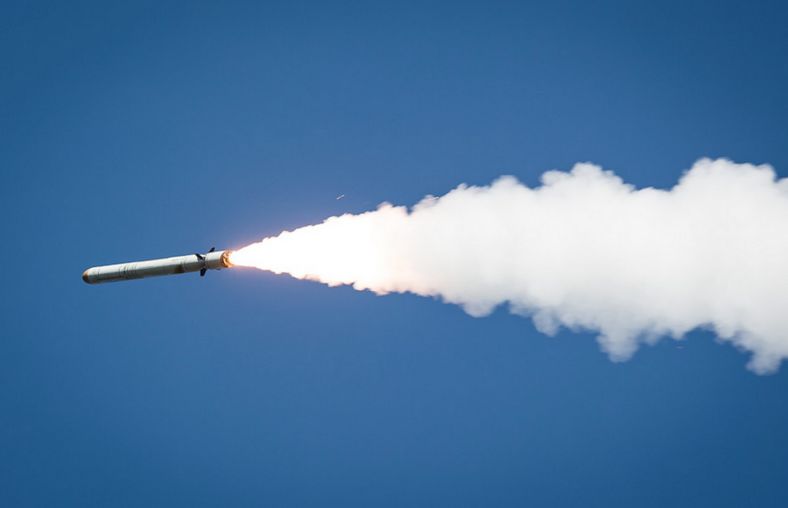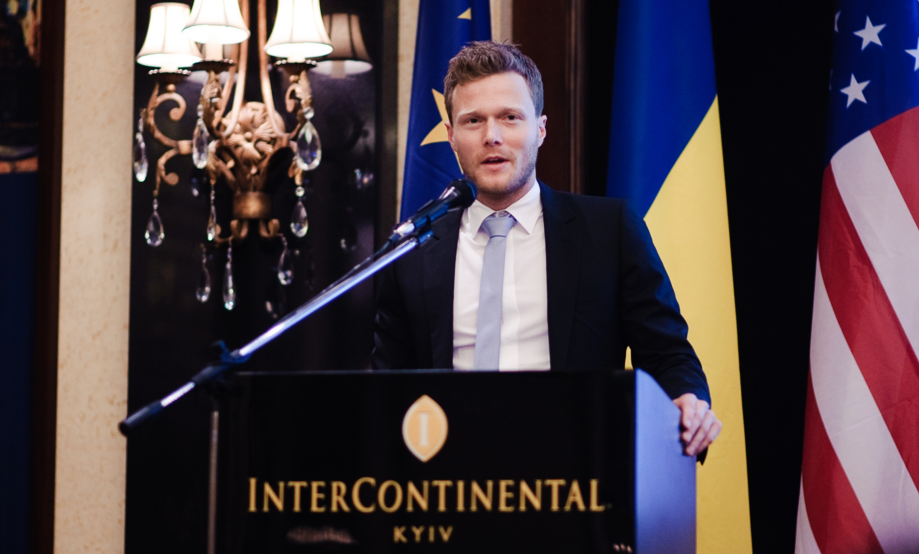Armed Forces
Poland’s Missile Defenses are Critical for the Defense of Europe [OPINION]

Last year, Poland signed a blockbuster missile defense deal that would give the country the most robust missile defense system in Europe. Recently, there are indications that Warsaw may be backtracking on these plans, but this would be a mistake. Staying the course on missile defense is critical not only for the security of Poland, but for the defense of the West - as Matthew Kroenig, Deputy Director of the Scowcroft Center for Strategy and Security at the Atlantic Council, writes for the Defence24.com.
In 2018, President Duda announced a $4.75 billion deal to purchase and co-produce a mix of air and missile defenses comprising two layers, known as Wisła and Narew. Wisła includes Patriot air defenses, including the highly capable PAC-3 missile. Narew may include a layer of lower-cost interceptors, potentially the Skyceptor missile which is similar to that used in Israel under the name David’s Sling. These two layers will then be stitched together by the Integrated Air and Missile Defense Battle Command System, produce a capable, layered, and cost-effective air and missile defense.
This new missile defense complex has become a key priority in the bilateral relationship between the United States and Poland. It was, for example, a subject of discussion between Presidents Trump and Duda in their June 12 meeting at the White House in Washington DC.
It is no surprise that Poland is a European leader in the pursuit of an integrated air and missile defense system. Indeed, these steps are consistent with Poland’s recent role as a major contributor to the security of Europe. Poland deserves credit for meeting its NATO commitment to spend at least 2% of GDP on defense, for talks on the development of a new “Fort Trump,” and for hosting the Aegis Ashore ballistic missile defense site for the defense of the North Atlantic Treaty Organization (NATO).

Several of Poland’s planned missile defense systems will not achieve initial operational capability until 2024. Given Poland’s numerous other defense considerations, including the F-35 acquisition, the Polish government may be tempted to rethink its decision and cancel some of the important capability and integration elements of both Wisla and Narew. Such a move could have deleterious consequences for both Poland’s national defense and the defense of NATO’s Eastern flank.
In recent years, Russia has become more aggressive, invading its neighbors Ukraine and Georgia and attempting to coerce and divide the rest of Europe. Among the greatest fears of NATO defense planners is that Russian President Vladimir Putin may try to rerun his playbook from Ukraine against the Baltic states, Estonia, Latvia, and Lithuania. A successful invasion of these NATO allies would be a major victory for Putin and could mean the effective end of the alliance.
Preventing such an attack is the foremost priority of NATO and the most effective deterrence is a good defense. The U.S. and its allies must have a serious plan for repelling a Russian invasion of the Baltics should it occur.
This is where Poland comes in. Poland is the new center of gravity in Europe. Unlike the Baltic states, Poland is a large NATO member on the Eastern flank capable of defending itself. In the event of conflict, Polish territory would be a major conduit for flowing U.S. and allied forces from North America and Europe into the Baltic region.

This central role means that Poland could be an attractive target for Russian missile attacks. As the 2019 U.S. Missile Defense Review makes clear, Russia is building a sophisticated and wide-ranging offensive missile systems which form a central piece of Russia’s coercive strategy against NATO. The missiles contribute to Russia’s Anti-Access Area Denial (A2AD) capabilities and are designed to help defeat the will and capability of NATO in a regional conflict. In the event of war, Russia would almost certainly attempt to degrade NATO forces before they could arrive in the Baltics by attacking them as they flow forward across Polish territory and elsewhere. Russia could event attempt a nuclear “de-escalation” strike, conducting a limited nuclear attack on NATO forces or bases in Poland in a bid to frighten the Western alliance into submission.
Robust missile defenses in Poland would go a long way toward negating this threat. In the event of a major conflict, Polish missile defenses could blunt an incoming Russian missile attack, protecting NATO forces and allowing them to continue to effectively prosecute their mission. Moreover, and even more importantly, Polish missile defenses would serve as a deterrent that would make Putin less likely to attack in the first place. If he cannot hope to stop NATO’s wall of steel from coming to the defense of the Baltics, then he has no feasible path to victory.

This strategic problem is shared by both the United States and Poland alike. As Gen Tod Wolters, NATO’s Supreme Allied Commander put it, “U.S. forces in Poland…signal(s) commitment to the Alliance and to Poland…To enhance deterrence against Russian aggression, we must…augment Joint Fires and increase connectivity with Integrated Air and Missile Defense sensors.”
Indeed, the best evidence that these systems are critical to thwarting Russia’s military strategy are the repeated Russian statements expressing extreme displeasure over the deployment of these missile defenses in Poland. In 2016, for example, Putin warned that the deployment of a missile defense system would put Poland in Russia’s “crosshairs.”
In short, Russia has a menacing and sophisticated and integrated air and missile strike complex. Deterring its employment will require Poland and NATO to field equally capable, layered, and integrated defenses.
Matthew Kroenig is Deputy Director of the Scowcroft Center for Strategy and Security at the Atlantic Council and Associate Professor of Government and International Affairs at Georgetown University.
